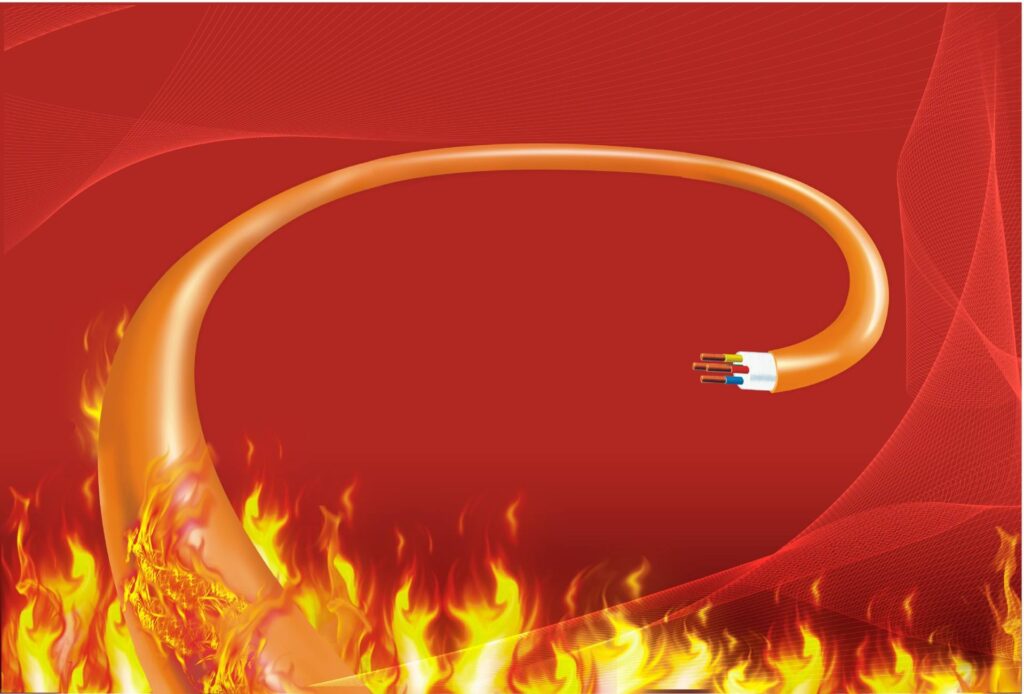Strengthen cable construction management.
The following points should be done during cable construction: a. Strengthen the handover and acceptance. Before laying the cable, verify whether the type, specification, and quantity of the cable are consistent with the design drawings, and conduct insulation tests, and do not use unqualified cables; b. Strengthen the management of cable laying facilities. In order to facilitate the installation and reduce errors, hang up the cable laying cross-section diagrams at appropriate places such as cable supports, pipe channels, shafts, and turns. Cable laying is strictly forbidden to twist, flatten the armor, break the protective layer and severely scratch the surface; for direct buried laying, parallel laying on and below the pipeline is strictly prohibited. C. Strengthen the management of cable head production and construction. When installing the cable head, avoid installing it in windy, rainy days or in a humid environment, and take measures to prevent dust when installing outdoors. The ambient temperature for installation must be above 0°C. The relative humidity is below 70%. For long-running cables, moisture and small impurities are very harmful, and are likely to cause water treeing and partial discharge. Therefore, attention must be paid to environmental humidity and dust during joint construction. Pay attention to cleaning the environment before construction. In summer, people who construct joints should wear gloves. If the humidity in the environment is too high, they should be dehumidified (increasing the ambient temperature or using a dehumidifier).Use a blower to dry the insulating surface before inserting the stress cone. When installing the cable accessories, insulation treatment is carried out on the spot. Except for the influence of climate on the installation quality, dust and debris in the environment will have adverse effects. Special attention should be paid to cleaning when installing cross-linked cables. When using a heat-shrinkable tube with a lamp, soot particles that are not fully burned in the flame will be attached to the surface of the tube, causing poor contact between the insulating layers, lowering the insulation level, and increasing the leakage current. Therefore, it is required to scrub the surface with solvent for every shrinkage of a pipe. The construction of the cable head should be continuous and the time should be shortened as much as possible. After production, the cable head is tightly closed, the filler is filled with full, no bubbles, and no oil leakage; the core wires are tightly connected, the insulating tape is tightly wrapped, and the moisture-proof paint is evenly brushed; the lead sealing surface is smooth, free of blisters and cracks, and ensure the correct phase sequence .
Strengthen the completion acceptance and data management. After the completion of the cable project, strict inspection and acceptance. Production management, operation and other departments shall carry out acceptance inspections in accordance with the “Code for Construction and Acceptance of Cable Lines of Electrical Installation Engineering” and other relevant standards.(For example:Aerial Bundled Cable ASTM B231 Standard)
With the further development of the construction and transformation of urban power grids, the utilization rate of power cables has increased greatly, construction quality has been improved, project completion acceptance and operation management of power cables during normal operation have been strengthened, and potential accidents have been reduced, which is of great significance to improving the reliability of power supply . The majority of installation and operation personnel have accumulated experience in practice and summarized them in time, which also greatly promotes the improvement of the level of installation and operation.
